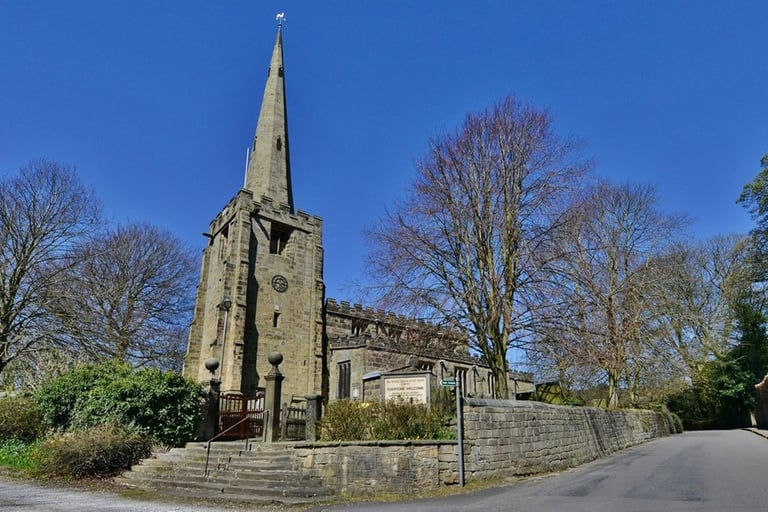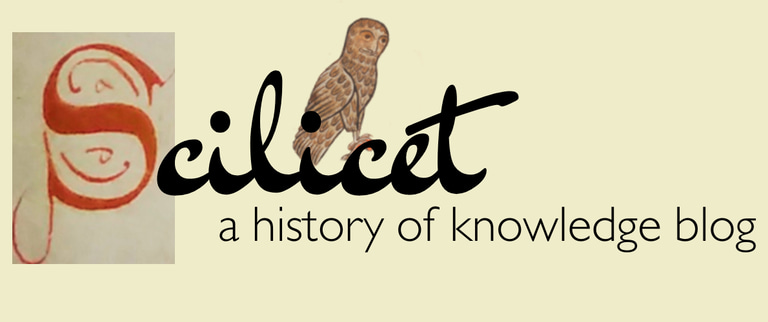Why do we yawn when we see someone else do so?
This is hardly a pressing question, but if you felt inclined to find out, you might just Google it (‘due to echophenomena, a type of social mirroring involving brain regions related to motor function and empathylikely due to a combination of social mirroring and mirror neurons in the brain’, according to Google AIwe’re told). But in the days before the internet, and even before compendious encyclopaedias like the monumental Encyclopédie edited by Denis Diderot and Jean le Rond d’Alambert in the eighteenth century, some questions simply went unanswered.
This very ‘yawning’ question was posed in the autobiography of Leonard Wheatcroft (1627–1707), a sometime tailor, gardener, schoolmaster, parish clerk, and locally renowned poet from the village Ashover in Derbyshire, England. Wheatcroft came from a humble background and little is known of his education, but he was evidently a thinker of some curiosity and depth, and one of an increasing number of people in seventeenth-century England who learned to write.


Ashover’s fifteenth-century parish church must have been a familiar sight to Wheatcroft.
Image: National Churches Trust
At some point he began composing an autobiography which, among his life story, contains a list of mundane questions about an eclectic mix of topics including anatomy, dreams, and the characteristics of animals. These questions might seem random, trivial, or even baffling, but they evidently mattered enough to Wheatcroft for him to write them down. For historians, these offer a fascinating window into the kinds of matters an ordinary person in the seventeenth century might have wanted to know about, but simply lacked the ability to find out.
Among the idiosyncrasies on display are the haphazard spelling typical of the day, interesting gendering of certain animals, questionable observations, and some inquiries that make so little sense to us today that they seem the stuff of a Lewis Carroll novel.
So, for your curiosity and Leonard’s, here is the list in full, reproduced from Dorothy Riden’s 1993 edition of the text:
What is the reason that one man is not like another in phisogmony [Physiognomy].
What mettell is the sight of the eye made of.
Why have men beardes and women none.
Why have sum women beards and sum none.
What is the cause a mans beard is red and the heare of his head blacke.
What is the cause sum men and women stut.
What is the cause sum men and women wharl.
What is the cause we dreame of things wee never saw, or knew, or ever heard of.
What is the cause men an women are not with buk teeth as well as other creaturs.
What is the cause of oure yoaning when we see another yoane.
What is the cause a cat never puts her taile betwixt her leggs.
What is the cause a cuckooe hath most pleasur.
What create hath the least pleasur in the world.
What is the cause sum are even-eukes.
What is the cause sum are hare-shorne.
What is the cause of other misshapes in children.
What is the cause of a swine goes not like another create that is yoak’t, But hits his yoake with his fore-feet as hee goes.
What is the cause that a goose stoopes when shee goes thorrow a hy place.
What is the cause a man swinges his arms when he goes by the way.
Why doth a dogge hould up one leg when he pisseth.
What is the cause a swine will cry when his belly is full.
What is the cause that a dogge will hould up a fore-foot when he listens to heare.
What is the cause that a shirt-but or clock lights most in a cowtourt.
What is the cause that a tick sticks so close to the skin.
What is the cause dogs and bitches are tyed so fast in the acte of generation.
What is the cause the wind makes such a noys and cannot be seene.
Why doth swine sleep best nose I’th arse.
What is the cause a dooge shews his love most in his taile.
What is the cause that a flea makes a red spot when she bites, and a Lous a whit one.
Sources
J. V. Beckett et al. (eds.), A Seventeenth-Century Scarsdale Miscellany (Chesterfield, 1993).
Ralph Houlbrooke, ‘Wheatcroft, Leonard (1727–1707)’, Oxford Dictionary of National Biography, online edn.
